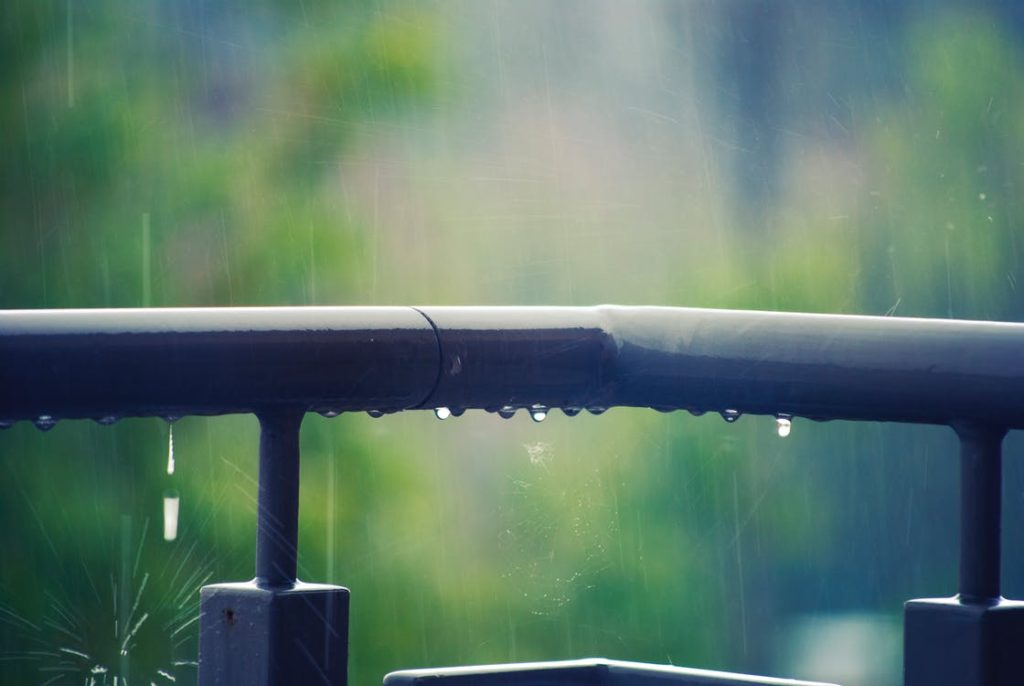The rainy season is upon us. If you had a leaky basement last year, most likely you will have one again this year. Once water has found its way into your basement, it’s nearly impossible to stop it.
Keeping Water Out Of Your St. Louis Basement
Many people think you can stop water by caulking joints or applying tar to your basement walls, but these types of fixes are a waste of your time and money. In order to be successful in taking care of your water problem, you must first realize you can’t stop water; you can only divert it. Second, an ounce of prevention is worth a pound of cure. Taking the precautionary steps before you have a leaky basement is the best way to make sure you don’t have this headache in the first place. Let’s take a look at some of the things you can do to make sure you keep that water away from your house.
3 Ways To Keep Water Away From Your House
-
Proper Gutter and Downspouts
It seems to be the most obvious, but I don’t know how many times I’ve gone to a house and come across no gutters, downspouts that drain right in front of the foundation, or gutters that are too small for the roof and spill over. All of these issues lead to water puddling in front of your foundation wall, potentially wreaking havoc in your basement. So the first step to making sure water stays out of your basement is to get proper gutters with downspouts that kick out and drain 10 feet away from your basement wall. If you don’t like to see the long extensions at the foot of the downspout, another way to drain your gutter is into a drain tile that is buried underground and runs into a drywell or yard drain. Either system works great, but the important thing is to keep water away from your house.
-
Proper Grading around the House
Another way water can get into your basement is not having the proper grade around your house. Re-grading the soil around the foundation is the best way to keep water out of your basement. Even with gutters and downspouts installed, rainwater that falls a few feet from your house can find a way towards your basement wall, due to something called a clay-bowl effect. So make sure that the soil is sloping away from the house––the more the better.
-
Exterior French Drain
Installing an exterior French drain is a lot of work, but since the materials are inexpensive and you only have to dig a foot to two feet down, it’s something that a savvy do-it-yourselfer could do on a weekend to add another layer of protection from water. The exterior French drain is done by following these steps:
- Excavate two feet down and out from the foundation wall.
- Place 4″ of gravel in the base of the trench to create a bed for the tile.
- Install a perforated drain tile with a soil sock around the entire perimeter of foundation.
- Surround the drain tile with gravel up to 6″ to the bottom of the trench.
- Add soil to the last 6″ of the trench and make sure it’s sloped away from the house.
This whole system must be sloped toward a yard drain that must be lower than the tile itself to promote water drainage. Make sure that your tile is installed straight with no valleys in order to prevent water from collecting in the tile and block drainage.
If you take these simple preventive steps, you can rest assured that you will be enjoying a dry basement for years to come.
*Kent Foundation Repair only offers Basement Waterproofing at our St. Louis service area.

